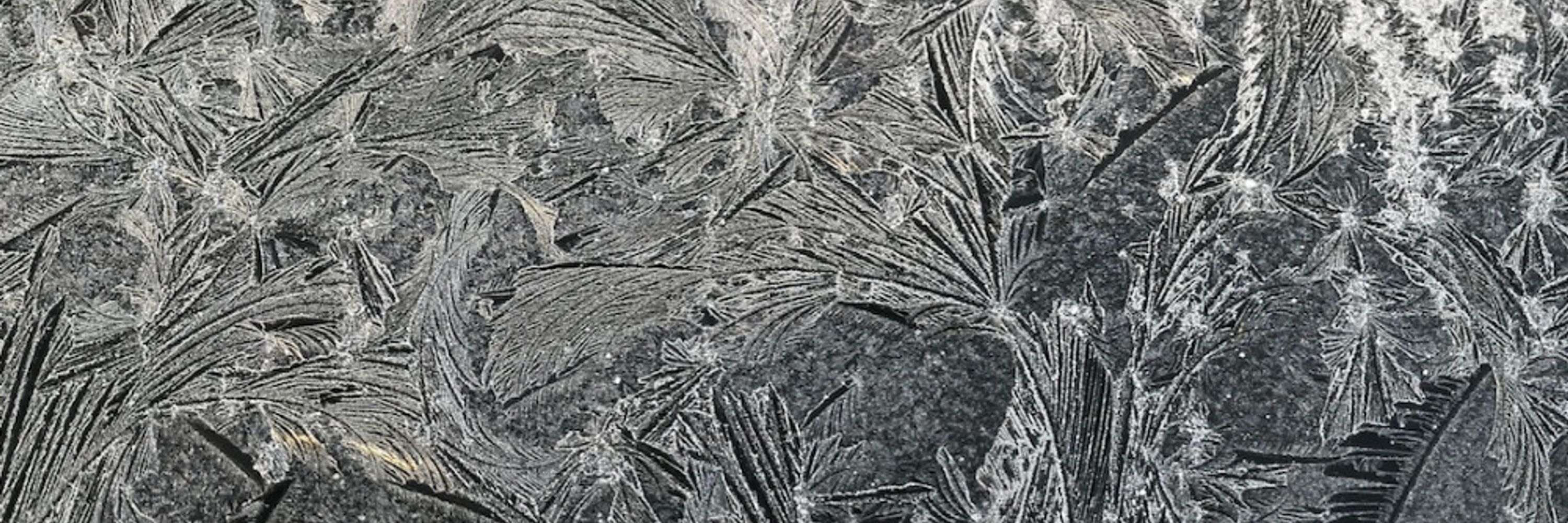
#SciArt created in #Blender
#SciArt created in #Blender


gfo.rocks/blog/2025/12...

gfo.rocks/blog/2025/12...


(copy paste-able in the alt text)

(copy paste-able in the alt text)

www.theguardian.com/commentisfre...

www.theguardian.com/commentisfre...


youtu.be/T02pJdKARLo?...

youtu.be/T02pJdKARLo?...
I will not be taking questions at this time.

I will not be taking questions at this time.



tinieblasyestrellas.blogspot.com/2025/11/the-...

tinieblasyestrellas.blogspot.com/2025/11/the-...


Thanks to @deschscoveries.bsky.social @michael-w-busch.bsky.social @cometary.org and @marshall-eubanks.bsky.social for contributing their expertise!






